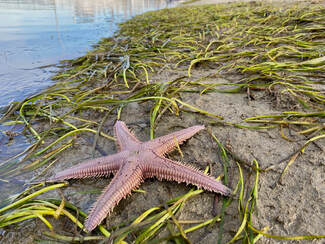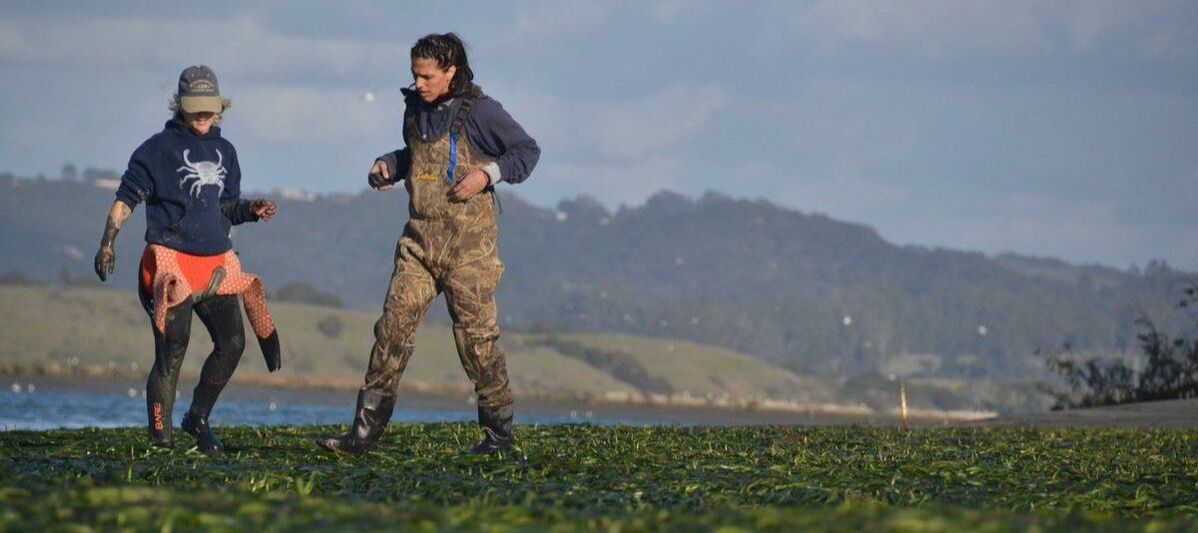|
8/18/2023 Seagrass meadows can help fight climate change and biodiversity loss - if we can learn how to restore themRead NowYour comment will be posted after it is approved.
Leave a Reply. |
Details
AuthorDr. Melissa Ward Archives |


